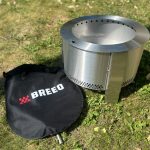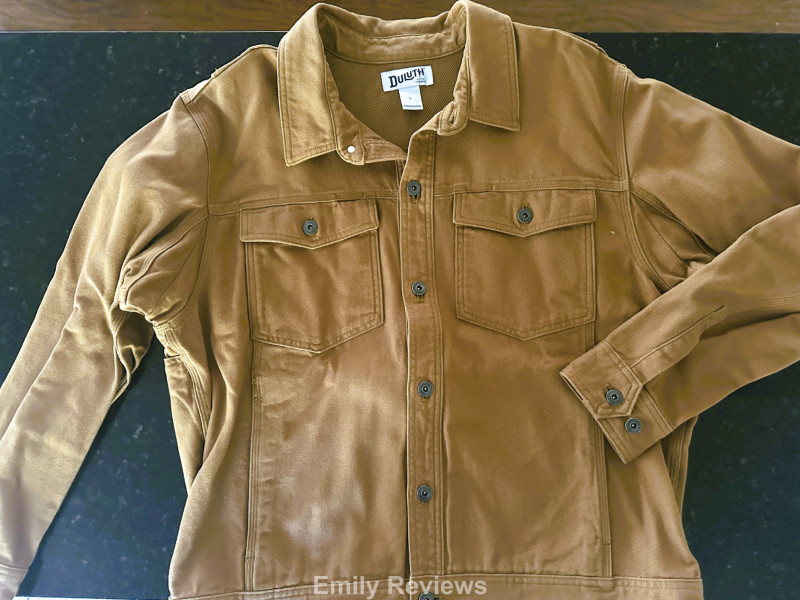This is a sponsored guest post. All opinions are my own.
When temperatures drop and snow begins to fall, the risk of fire doesn’t disappear—and neither should your fire safety preparedness. One of the most common cold-weather questions from facilities managers and site supervisors is: can fire extinguishers be stored outside?
The short answer is yes, but only with the right precautions. Outdoor storage, especially in winter, introduces several challenges that can compromise both the functionality and compliance of your safety equipment. In this guide, we explore best practices for winter-proofing outdoor fire extinguishers and examine the key factors involved in balancing safety, accessibility, and equipment longevity.
The Risks of Storing Extinguishers Outdoors in Winter
Fire extinguishers are pressurized devices that must maintain internal stability to function effectively. When stored outdoors, especially in freezing conditions, they face threats such as pressure loss, valve freeze-up, corrosion, and damage to labeling or instructions.
These hazards are particularly serious in areas that experience temperature extremes. When liquid agents freeze or pressure gauges drop below the functional threshold, your extinguisher could become unreliable at the exact moment you need it.
How Temperature Impacts Extinguisher Performance
The contents and operating mechanisms of extinguishers respond differently to temperature swings. Water-based extinguishers, for instance, are prone to freezing below 40°F unless they contain antifreeze. CO2 and dry chemical models fare better in the cold, but even they require specific cold-weather ratings to be considered safe for outdoor use.
Without those ratings and ongoing maintenance, cold weather can damage seals and hoses, resulting in leakage or blockage. This is why understanding the cold tolerance of your extinguisher type is a crucial part of any winter safety plan.
Best Practices for Outdoor Winter Storage
While storing extinguishers outside is sometimes necessary—particularly for fuel storage areas, loading docks, construction sites, or external machine enclosures—you should take active steps to winter-proof your equipment.
Use Cold-Rated Extinguishers
Choose models specifically designed for cold environments. Look for UL-listed units that function at temperatures as low as -65°F. These often include dry chemical or carbon dioxide extinguishers with cold-weather tolerances built in.
Install Protective Cabinets
Outdoor-rated cabinets help insulate extinguishers from snow, ice, and windchill. Stainless steel or heavy-duty polycarbonate cabinets are ideal. Some models even offer insulation or heating elements to further shield against deep cold.
Elevate and Anchor Units
Avoid placing extinguishers directly on the ground, where snow accumulation and pooling water can lead to rust. Mount cabinets securely to walls or stands at least several inches above surface level. Proper anchoring prevents damage from high winds or plow equipment.
Perform More Frequent Inspections
Winter conditions accelerate wear and tear. Increase your inspection frequency to check for pressure loss, ice buildup, or tampering. OSHA requires monthly checks, but weekly spot inspections during severe weather are highly recommended.
Protect Labels and Instructions
Faded, cracked, or snow-covered instructions can delay response during an emergency. Use laminated signage or protected overlays to keep operating directions visible and intact.
Compliance and the Cost of Neglect
Improperly stored extinguishers not only pose a safety risk but also invite regulatory penalties. OSHA standard 1910.157 and NFPA 10 both mandate that extinguishers be accessible, fully charged, and operable. If your unit freezes or corrodes due to poor placement, you may be liable for damages or fail a compliance inspection.
Be sure to evaluate your extinguisher location plan regularly. Adjusting placement and storage techniques seasonally helps avoid oversights that could compromise your fire response strategy. This guide on extinguisher location offers additional context for smart placement choices.
Addressing Common Misconceptions
Many assume that covering an extinguisher with a tarp or placing it under an awning is sufficient. Unfortunately, these makeshift solutions often fall short when temperatures plunge or snowdrifts reach equipment height. Moisture, condensation, and freeze-thaw cycles can still compromise the unit internally.
Another misconception is that mild winters or temperate regions don’t require winter-specific planning. However, even a brief cold snap can drop temperatures below safe operating thresholds. Planning based on extreme lows rather than seasonal averages is the safer approach.
Expert-Backed Recommendations
According to the National Fire Protection Association (NFPA), outdoor fire extinguishers should always be evaluated for environmental exposure and mechanical integrity. Their recommendations emphasize the importance of matching equipment to conditions, securing visibility and accessibility, and maintaining detailed inspection logs.
Likewise, OSHA encourages regular review of environmental conditions around extinguisher locations and urges employers to reassess fire readiness plans with the change of seasons.
Conclusion: Winterizing for Safety and Readiness
Fire safety doesn’t stop when the temperature drops. If you’re asking, can fire extinguishers be stored outside in the winter, the answer is yes—with preparation, care, and ongoing vigilance. Choosing the right extinguisher type, using weatherproof enclosures, and performing regular checks are non-negotiable steps to keep your equipment effective.
With thoughtful planning and adherence to best practices, outdoor extinguishers can remain a reliable part of your winter fire safety strategy, no matter how cold it gets.

Hi there! I am Emily Evert, the owner of Emily Reviews. I am 28 and live in a small town in Michigan with my boyfriend Ryan and our two pugs. I have a large family and I adore my nieces and nephews. I love reading memoirs, and learning about child development and psychology. I love watching The Game of Thrones, Teen Mom, Sister Wives and Veep. I like listening to Jason Isbell, John Prine, and other alt-country or Americana music. I created Emily Reviews as a creative outlet to share my life and the products that I love with others.
This post currently has no responses.





















Leave a Reply